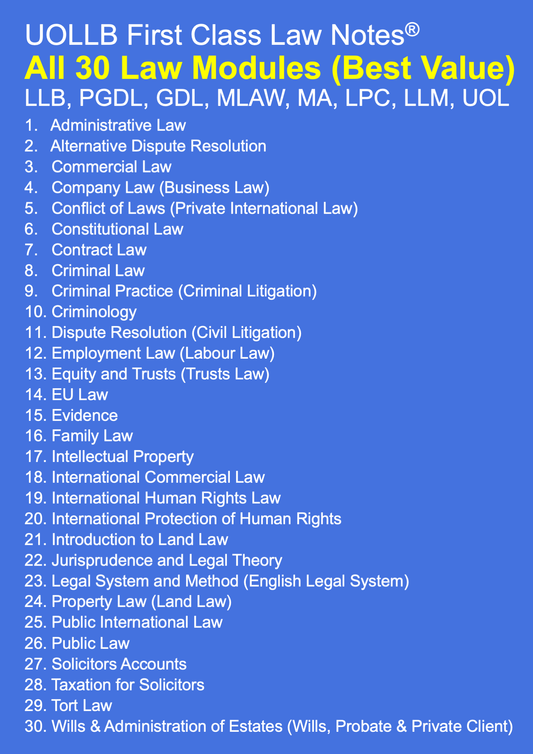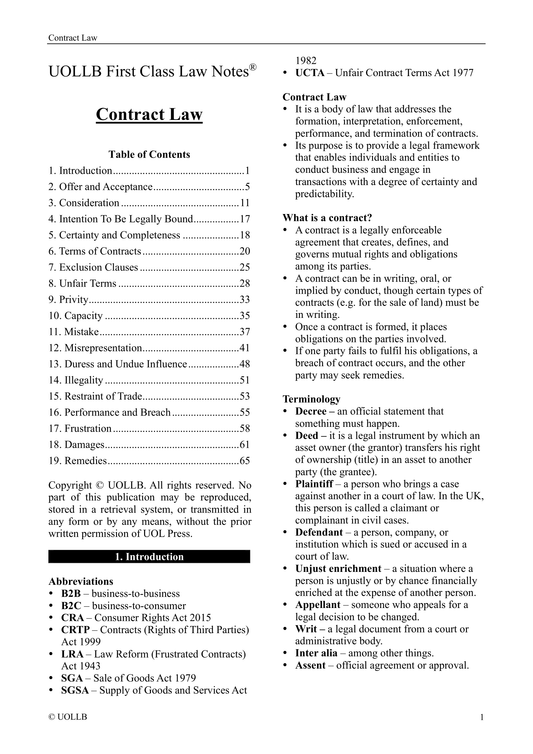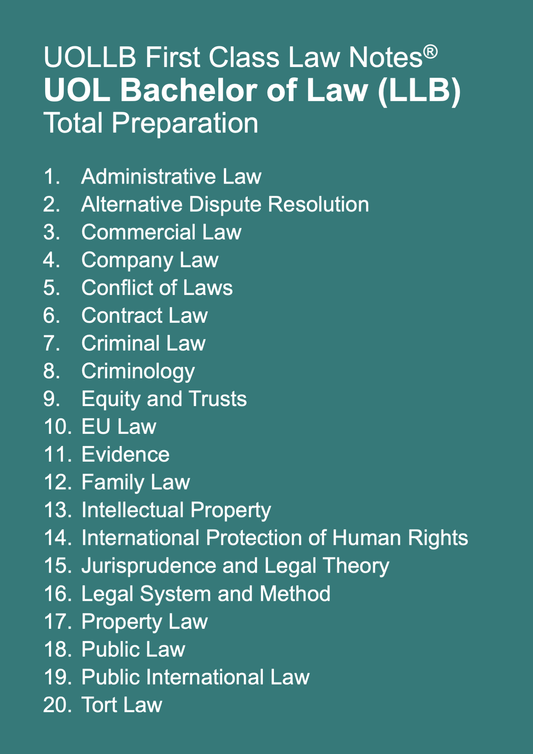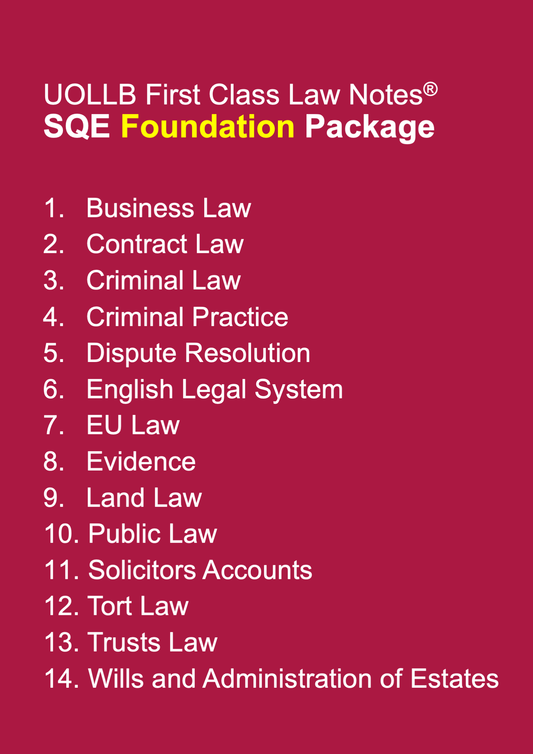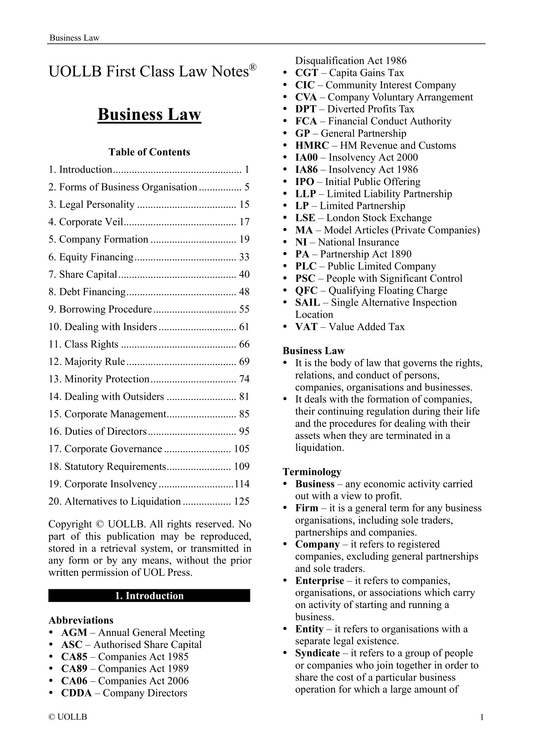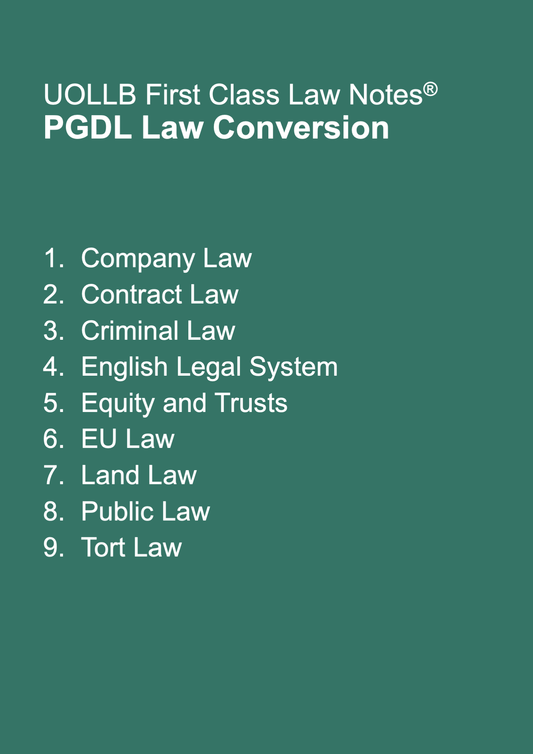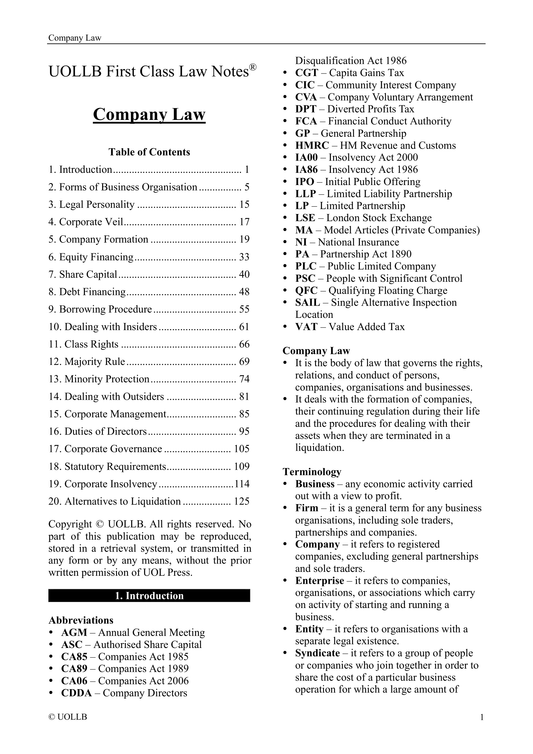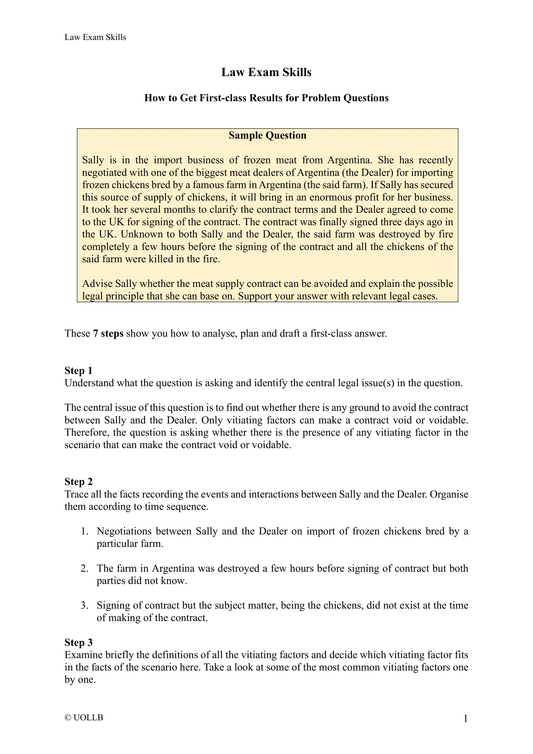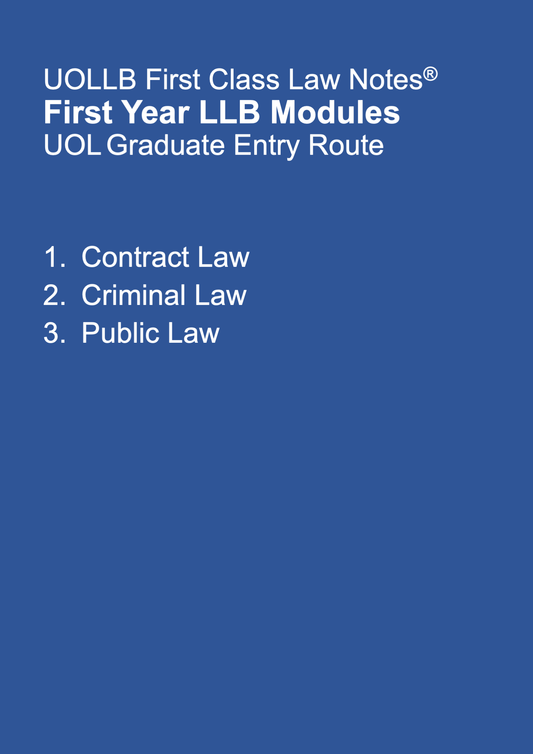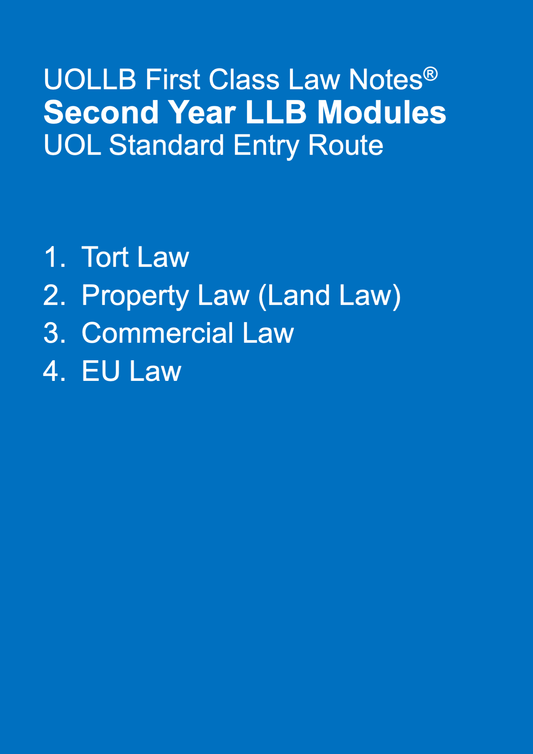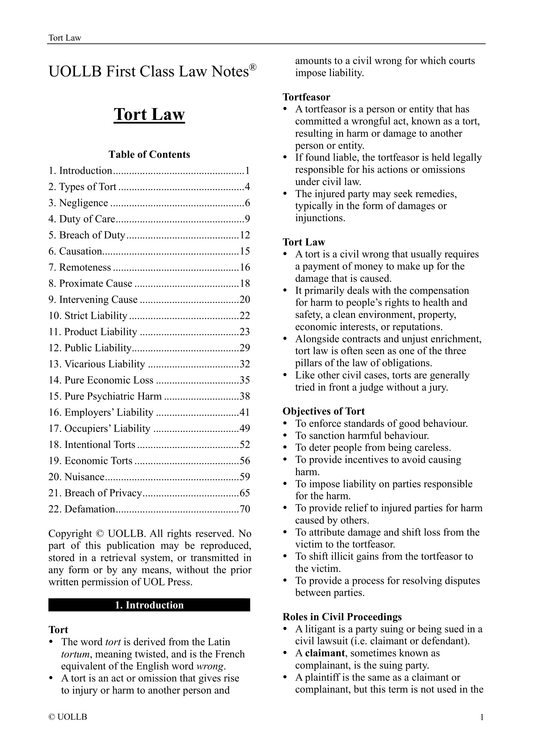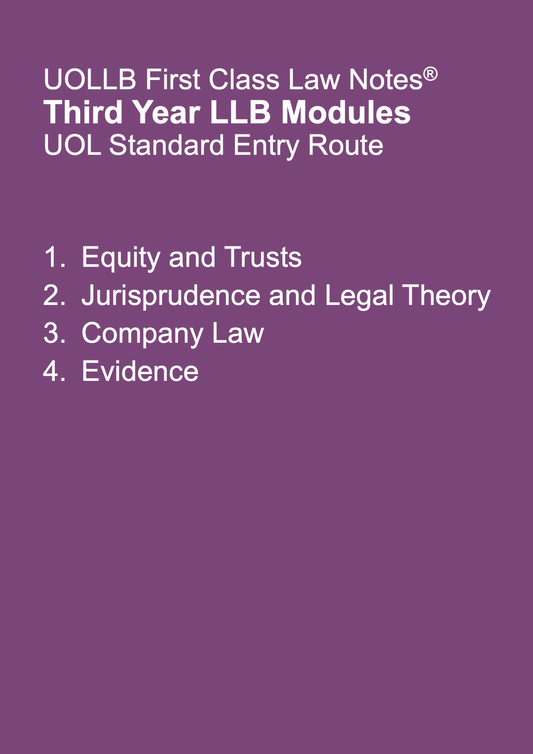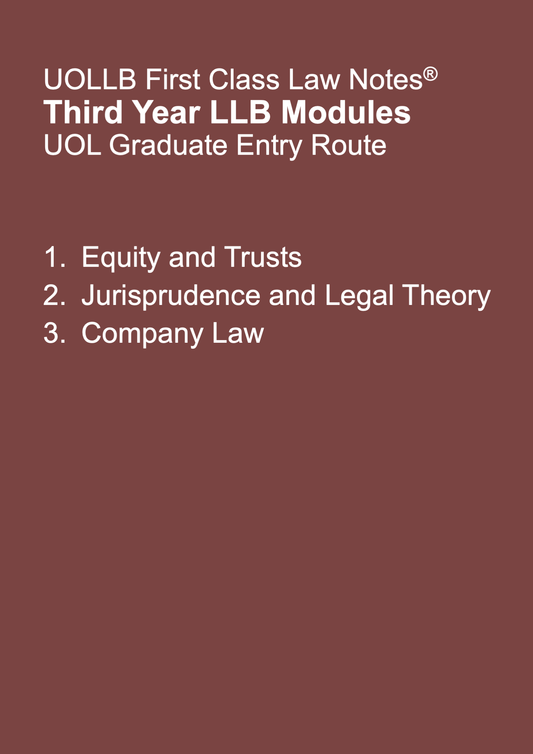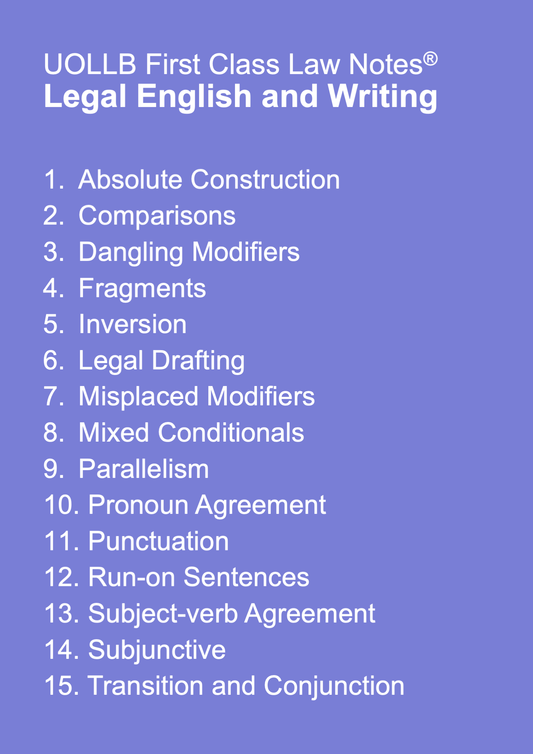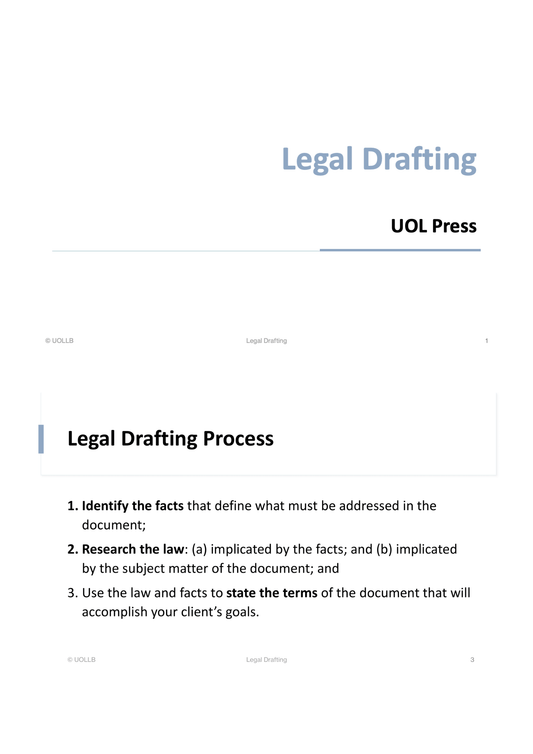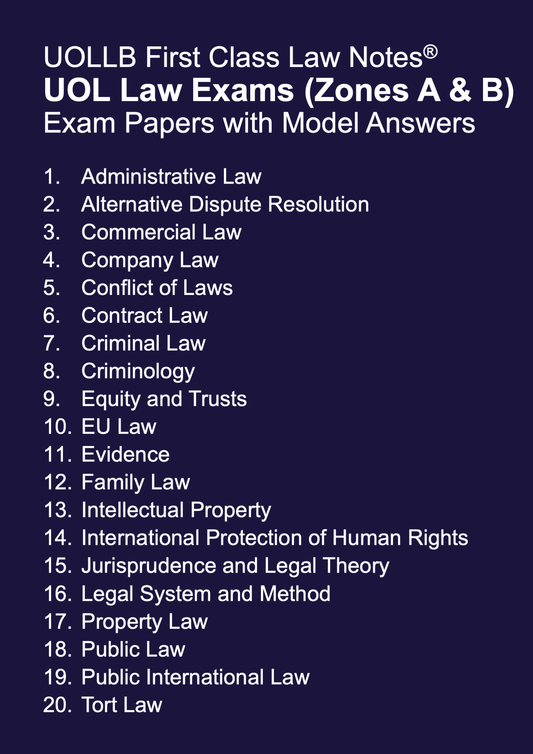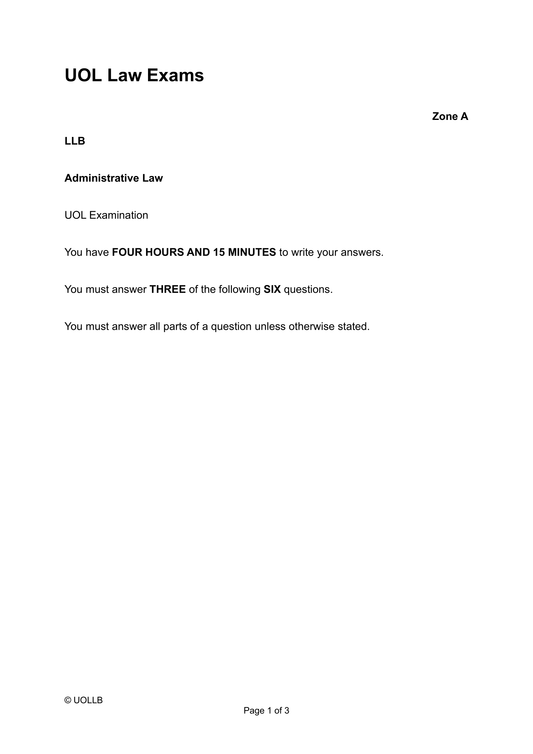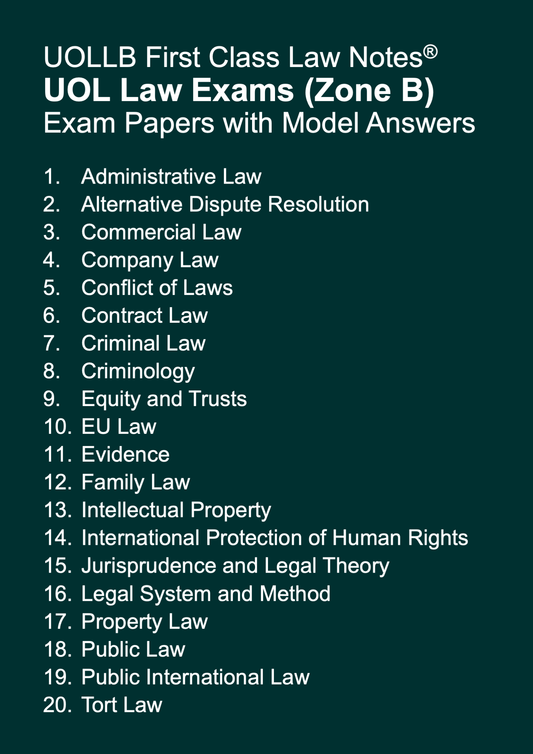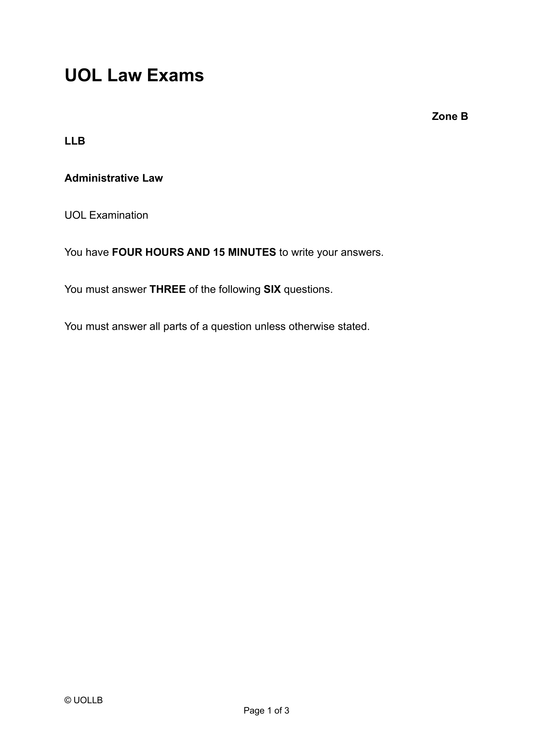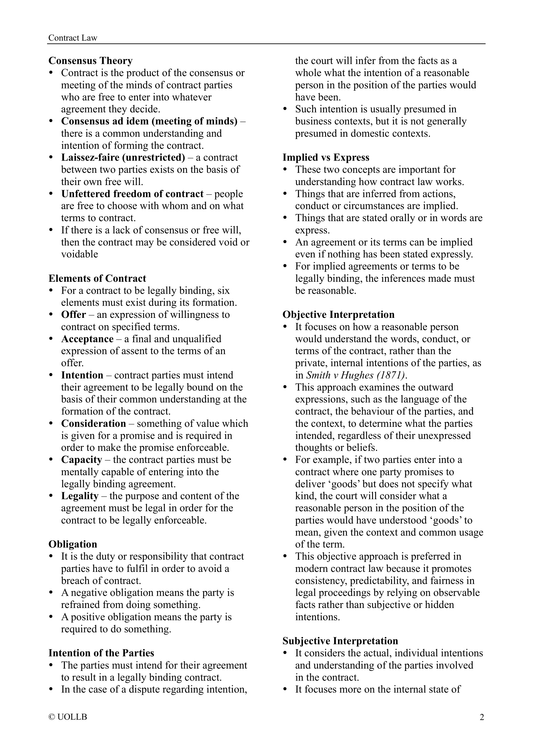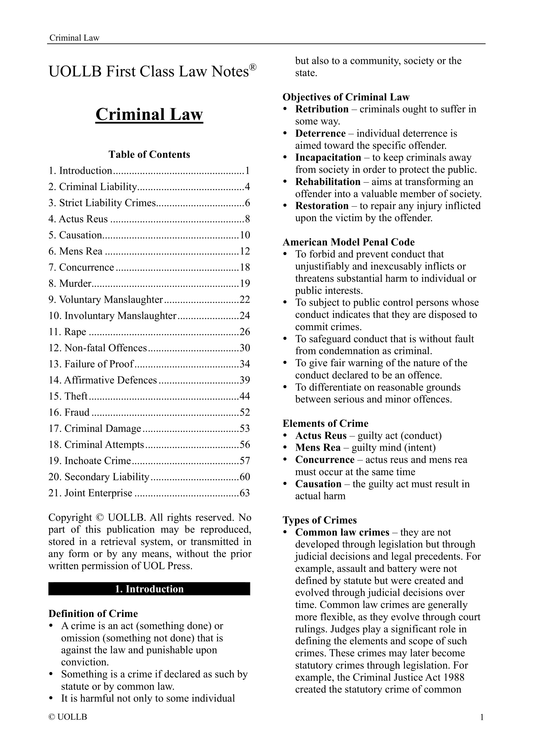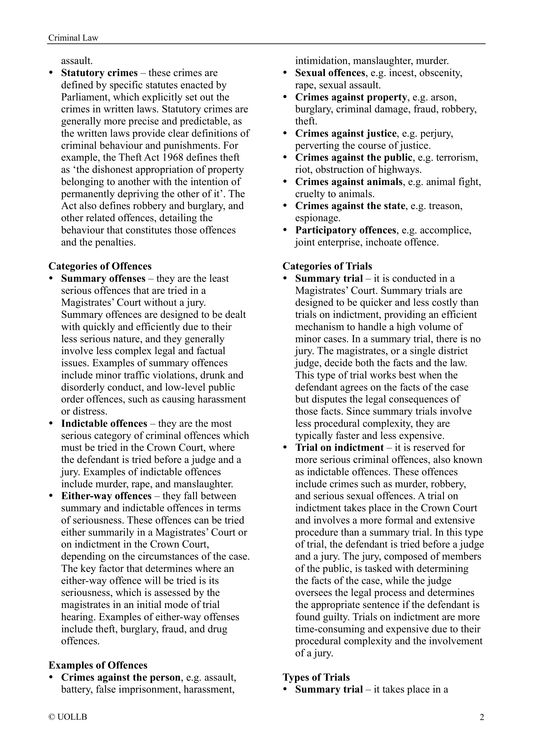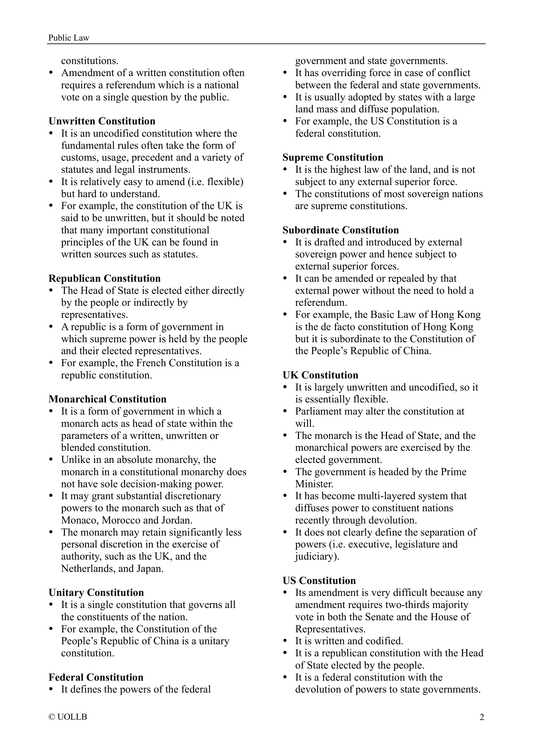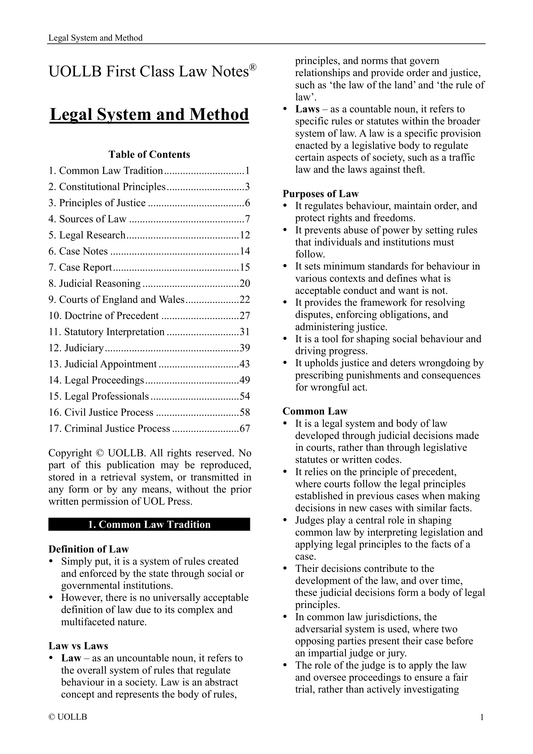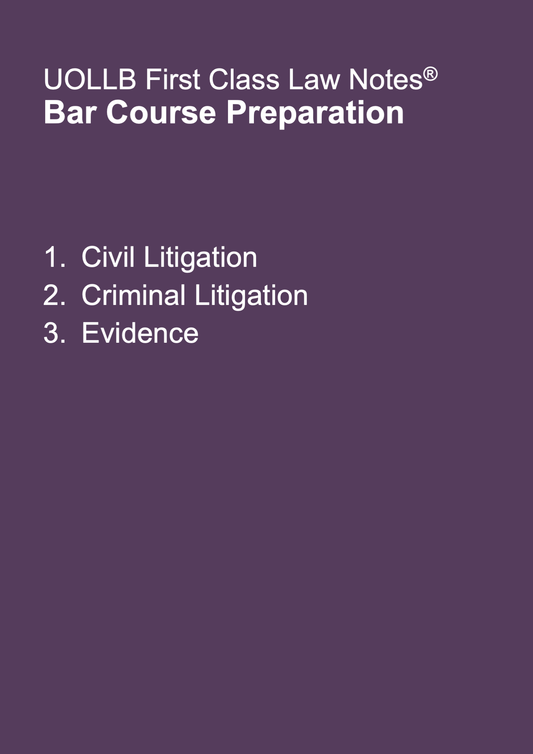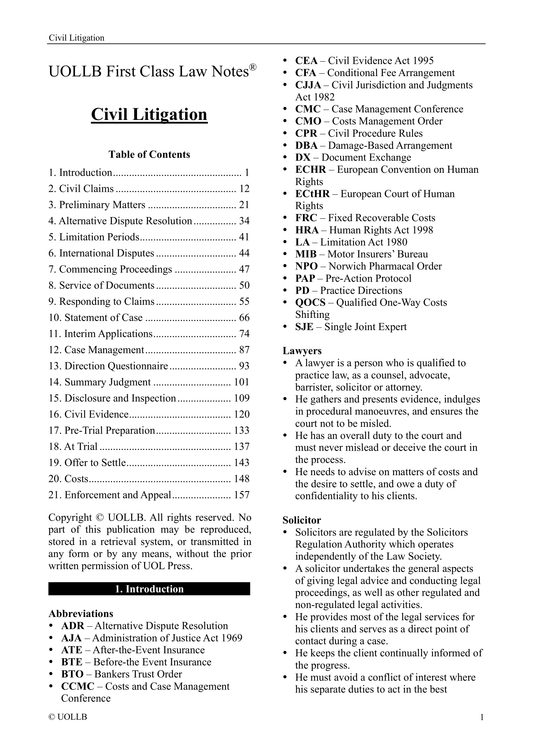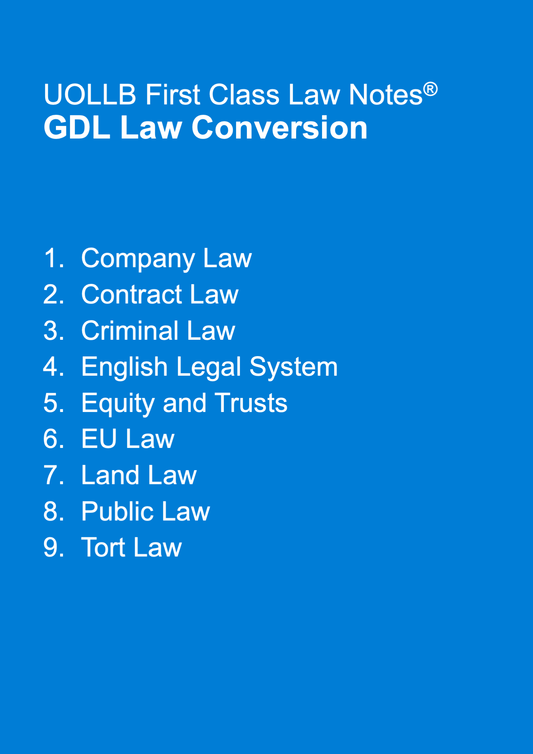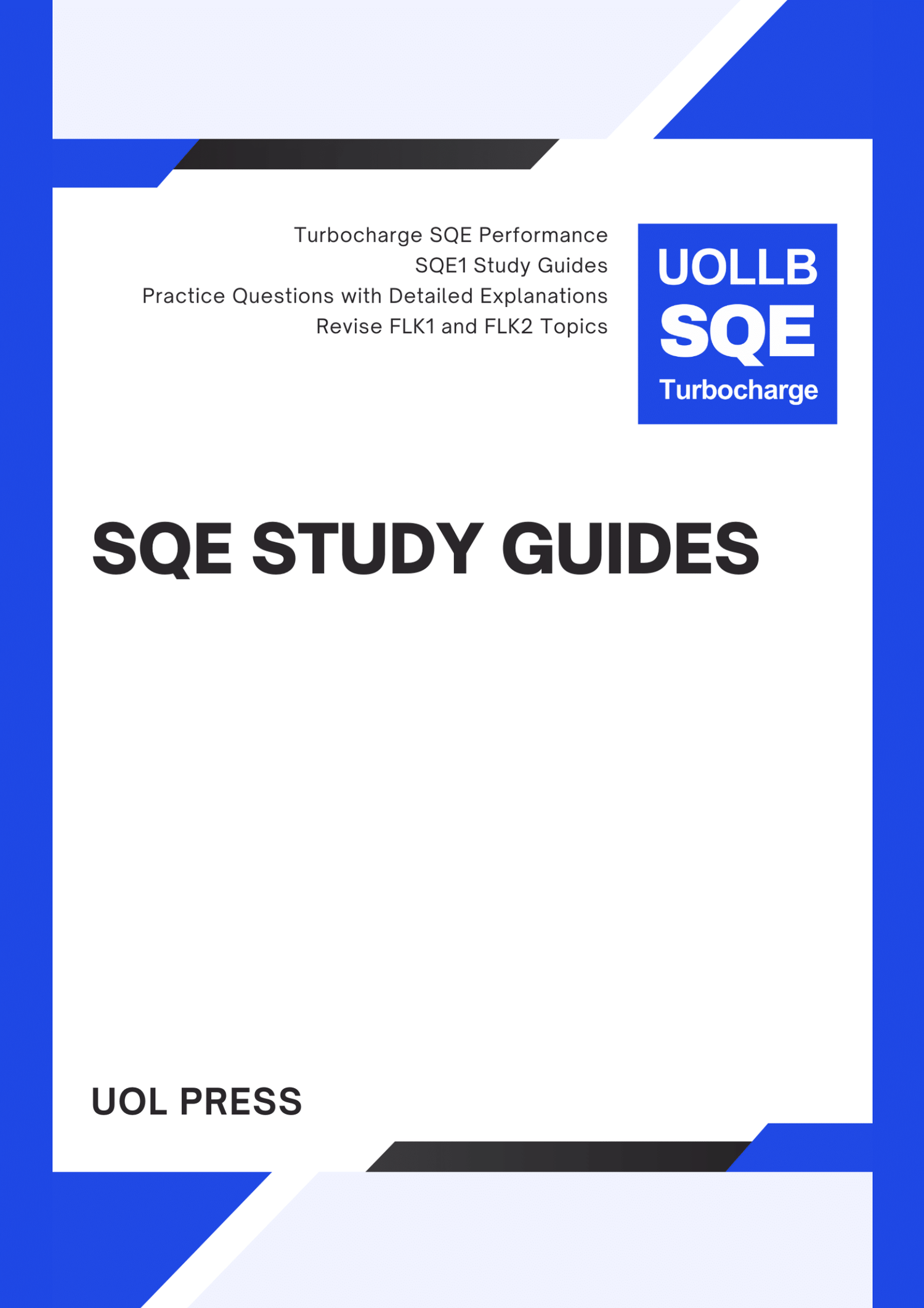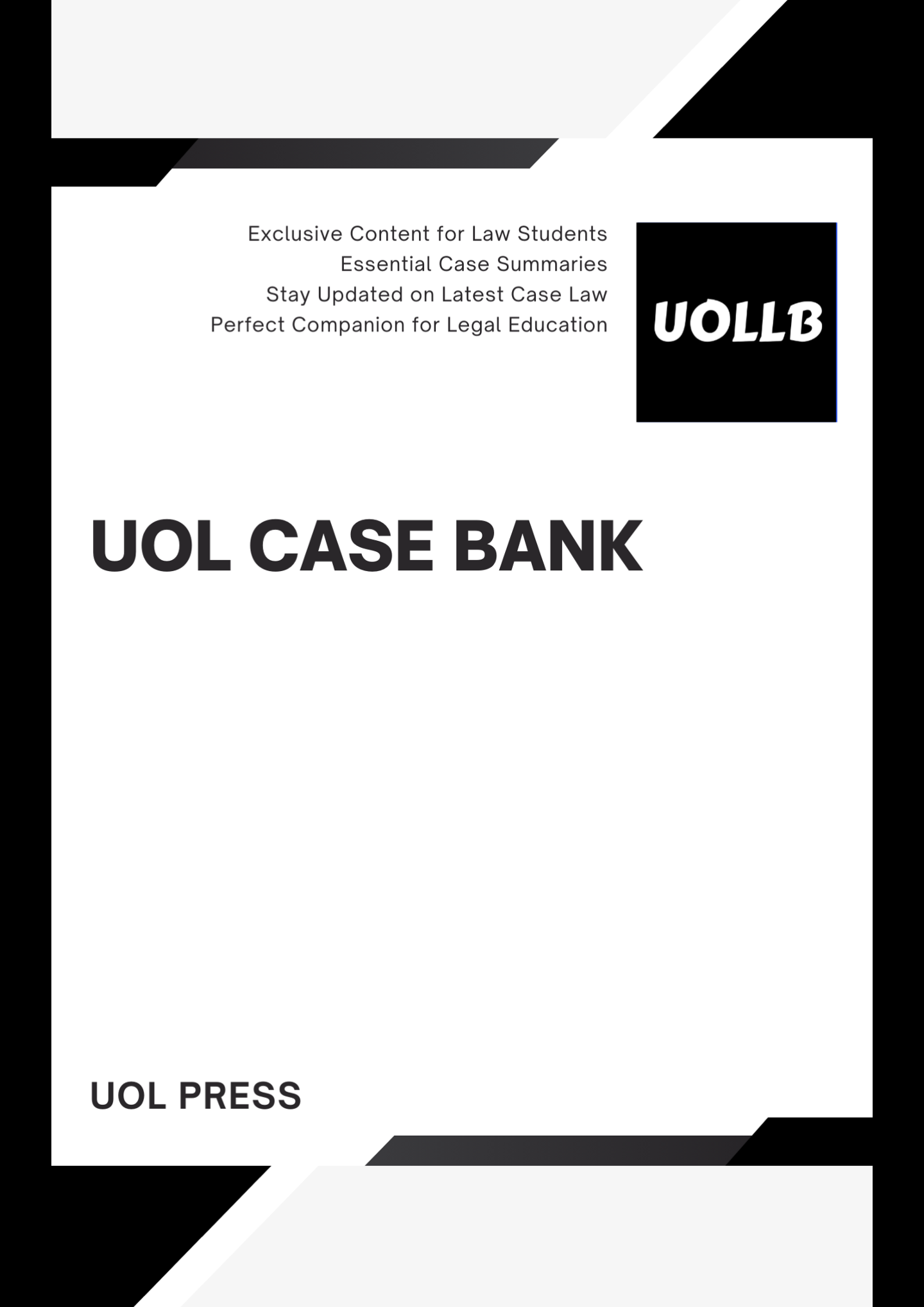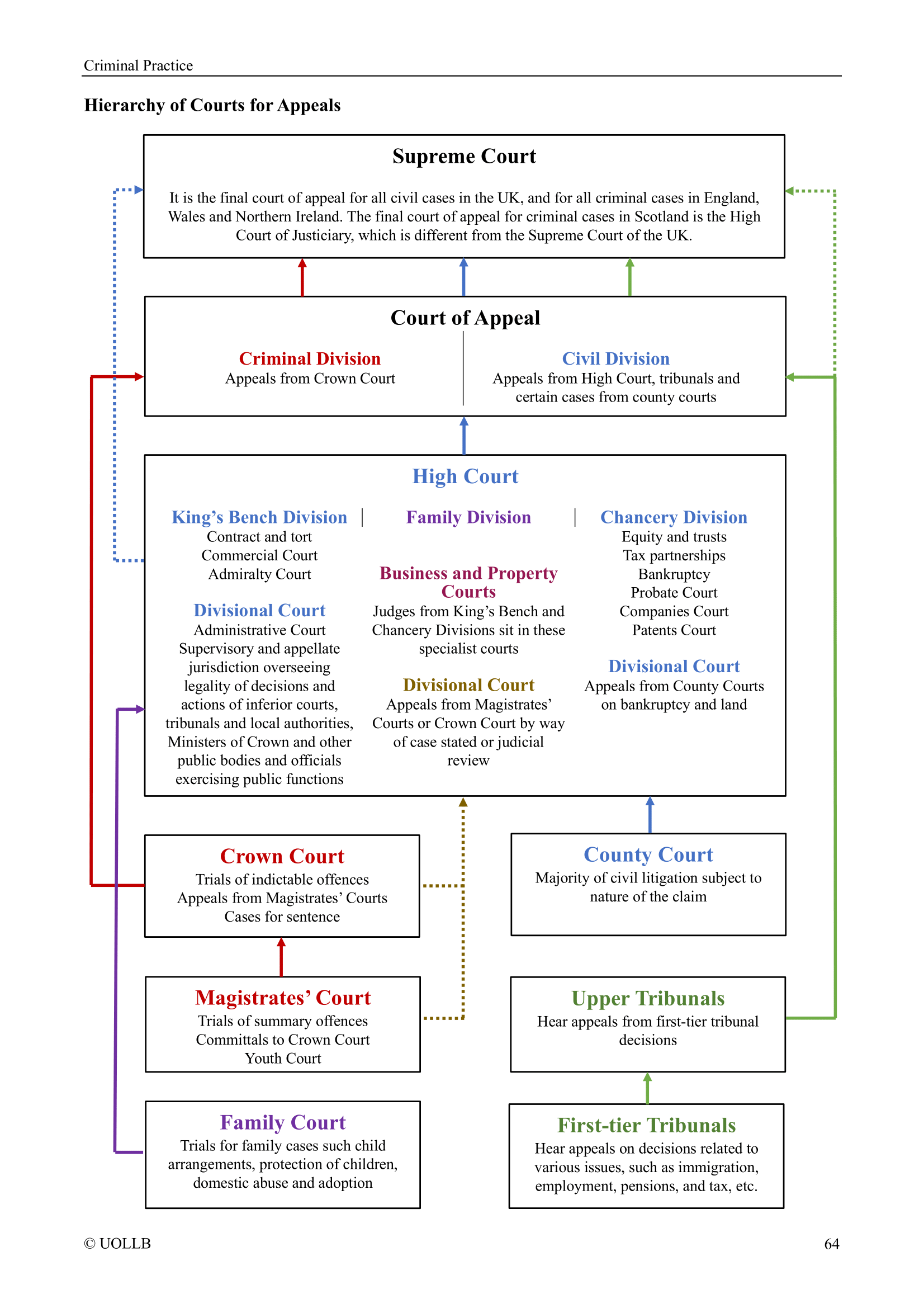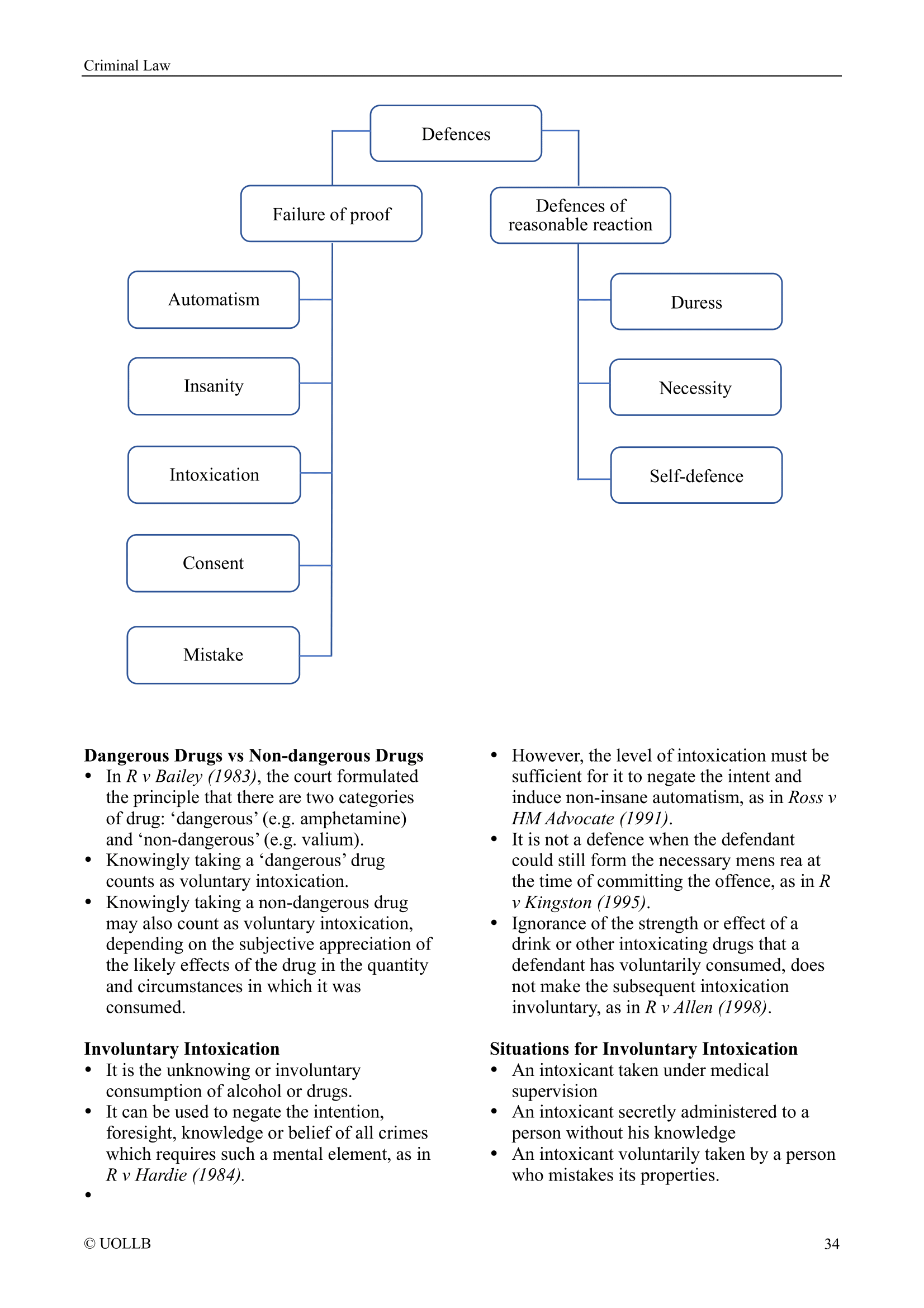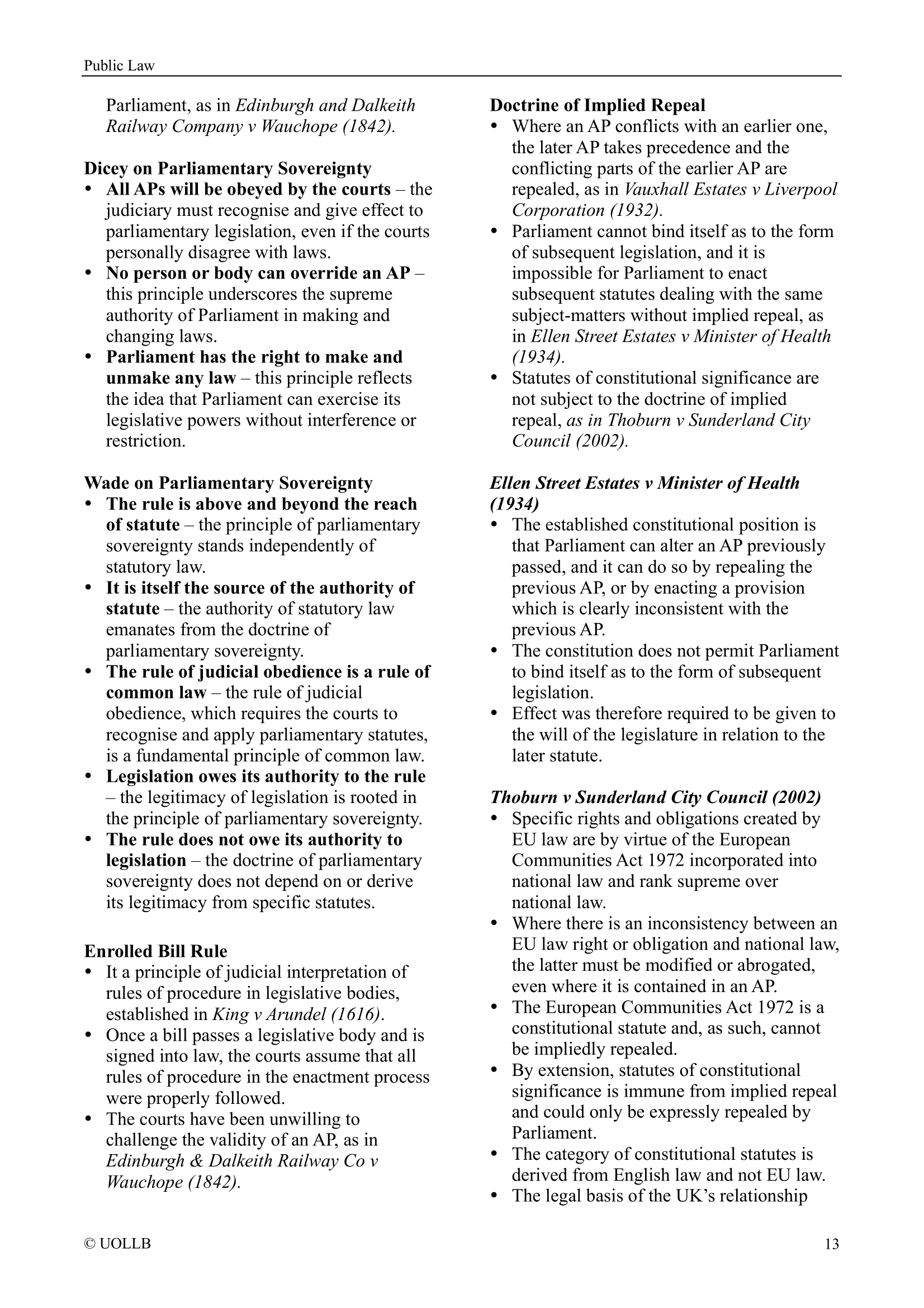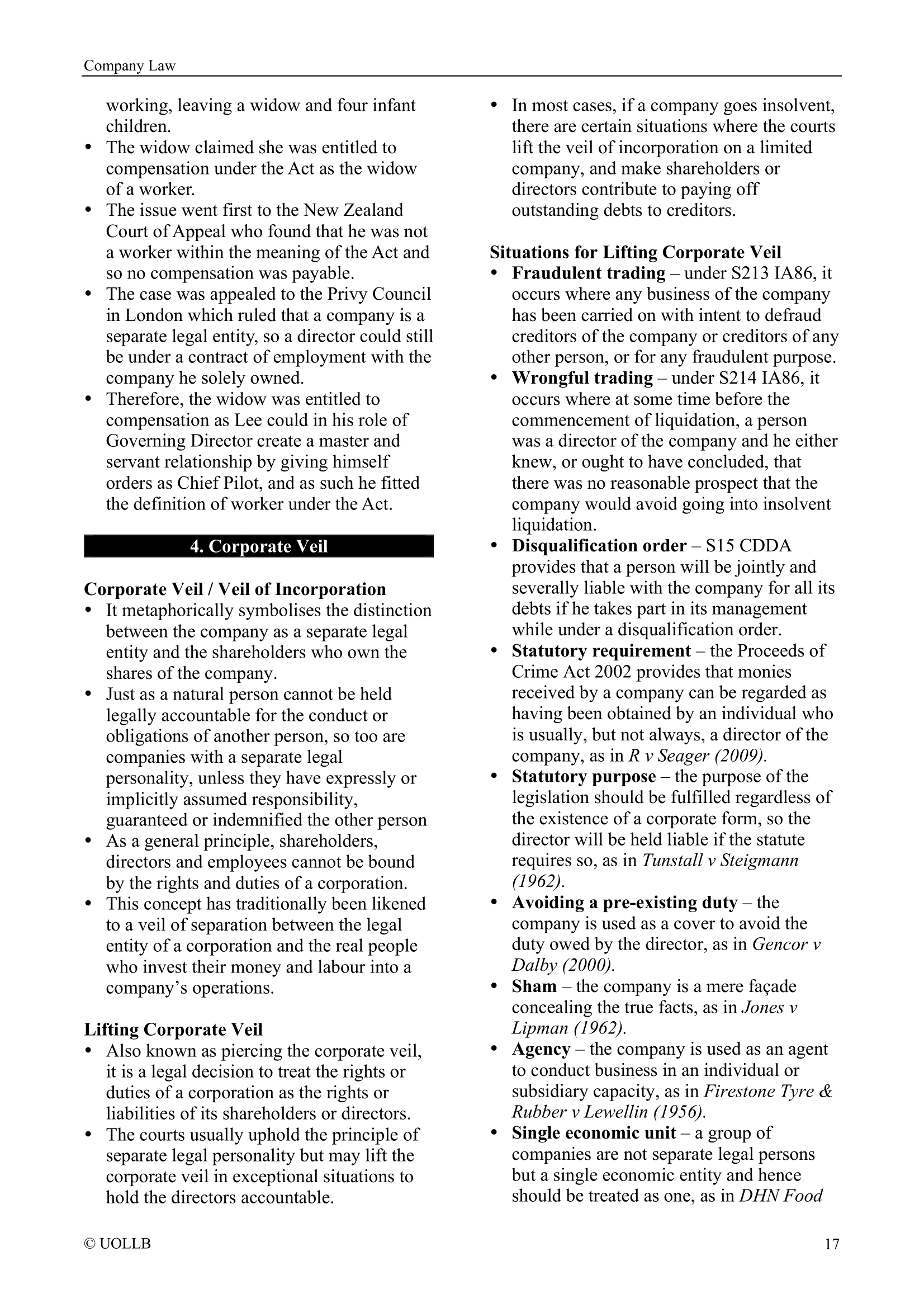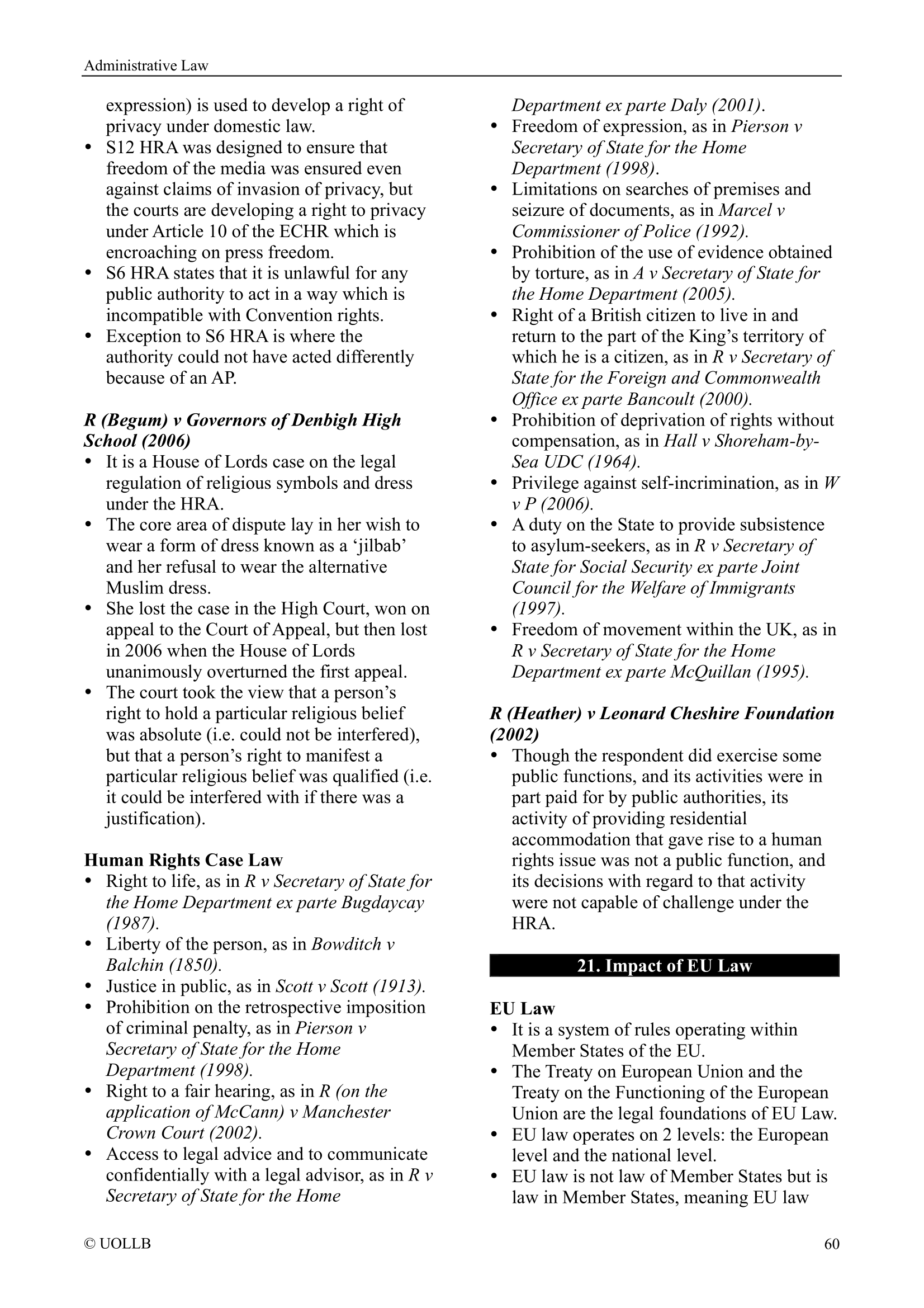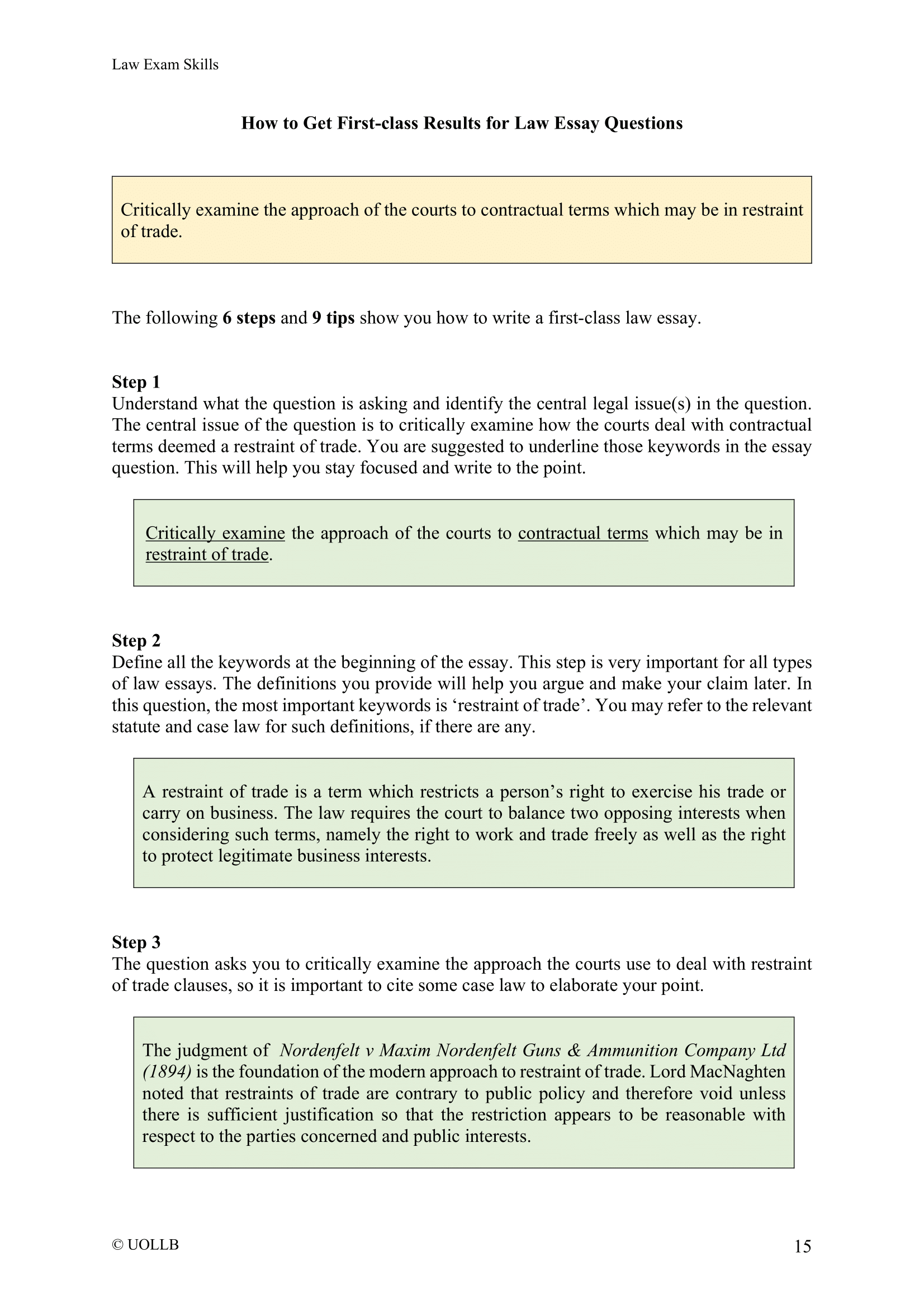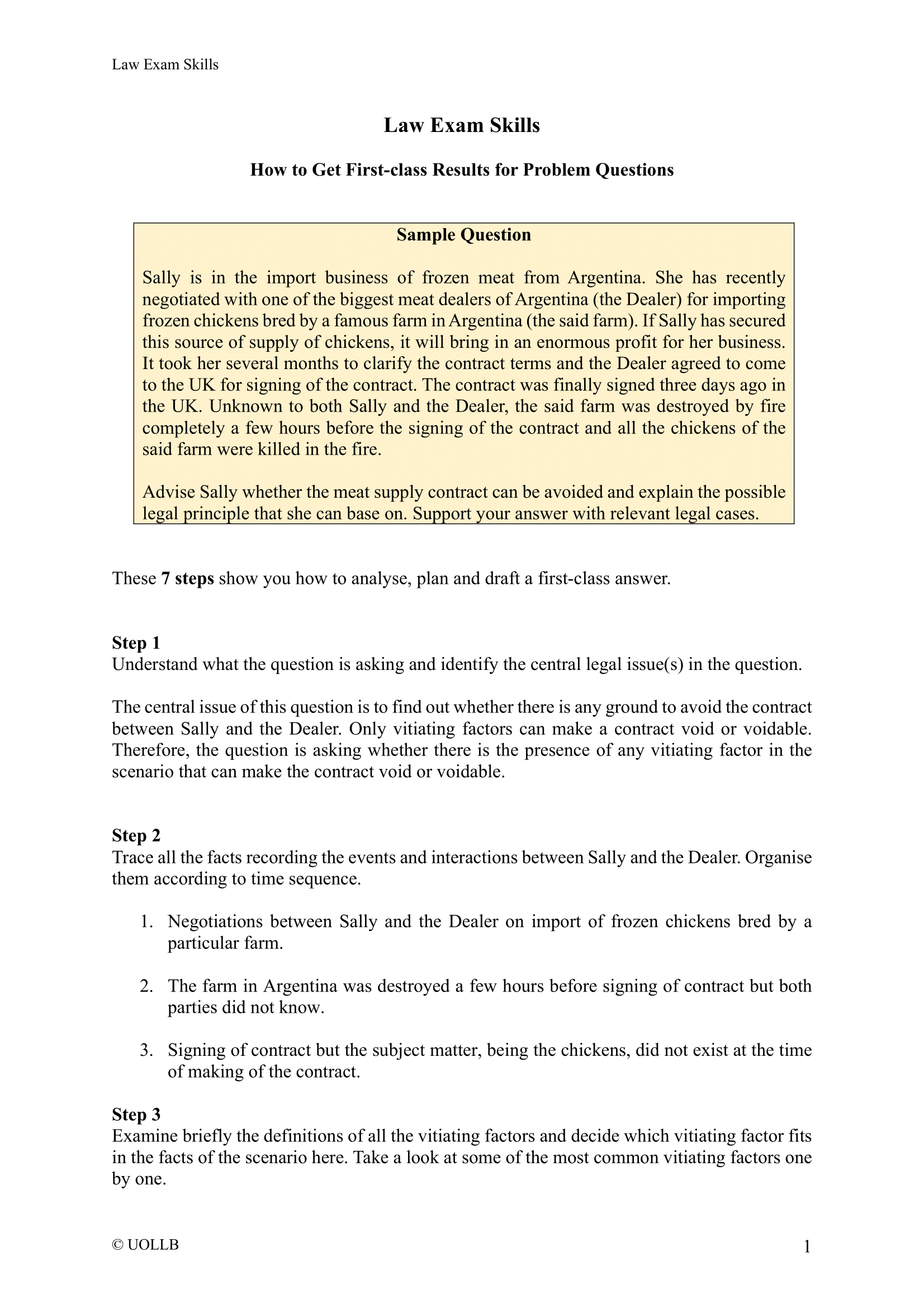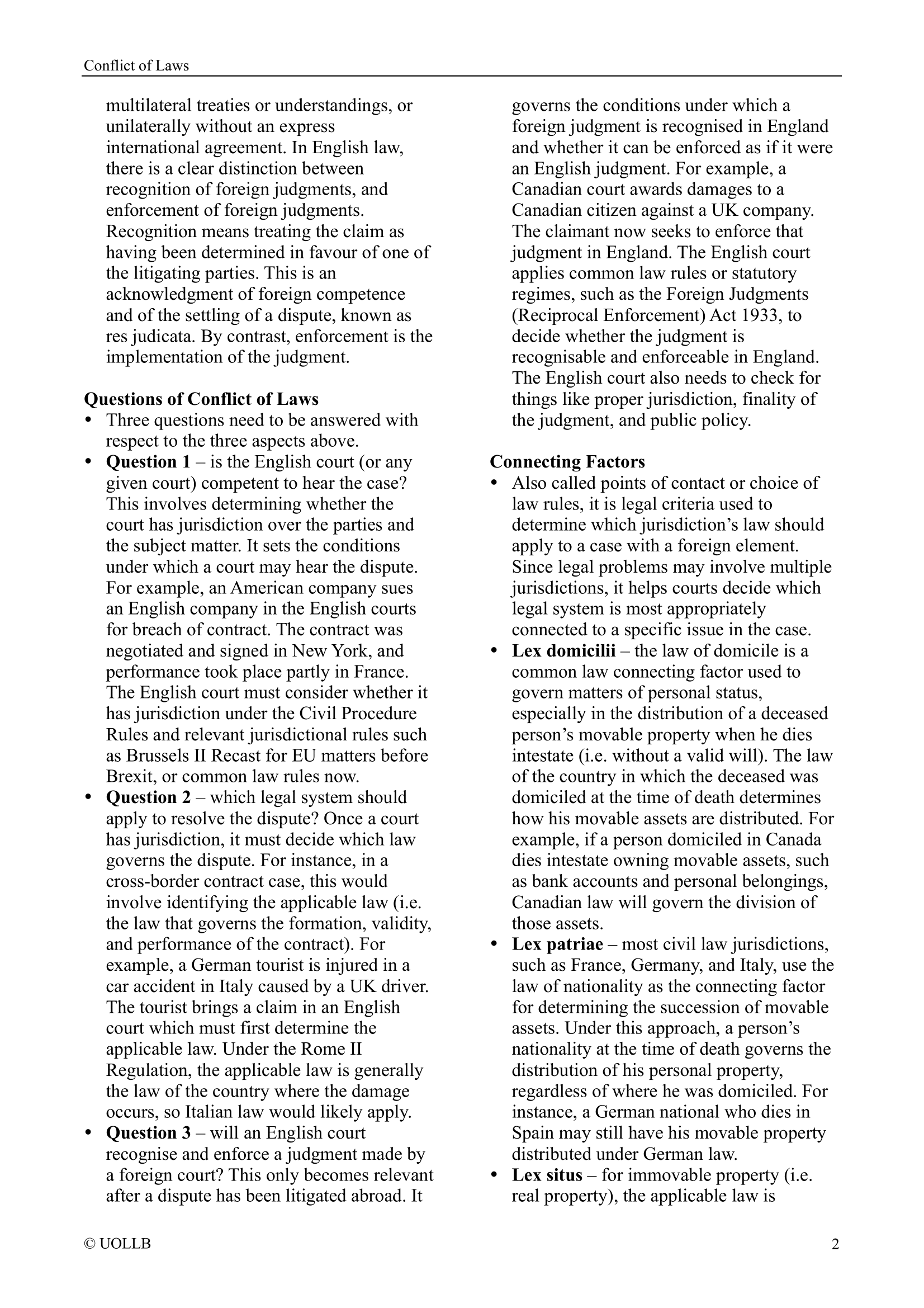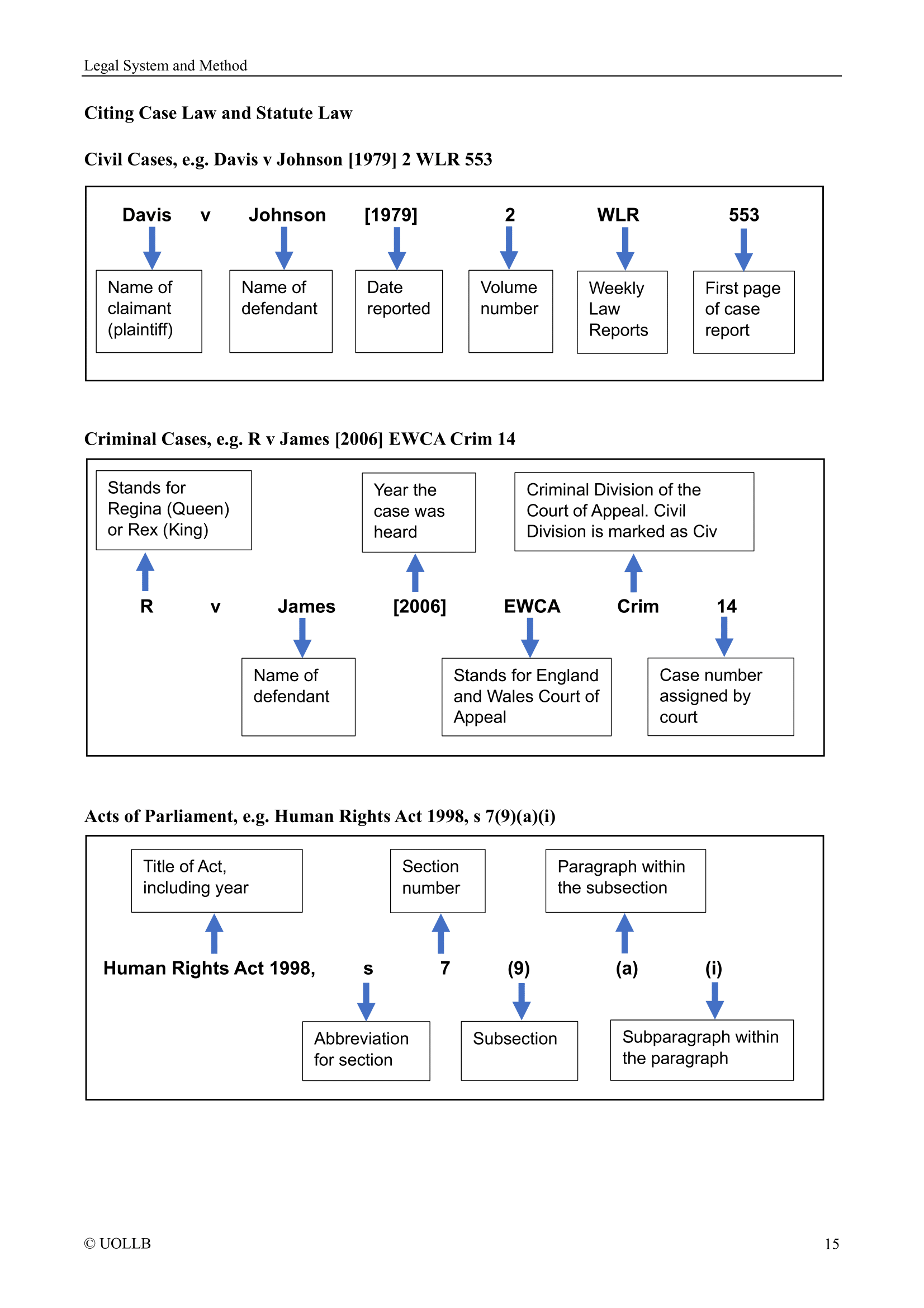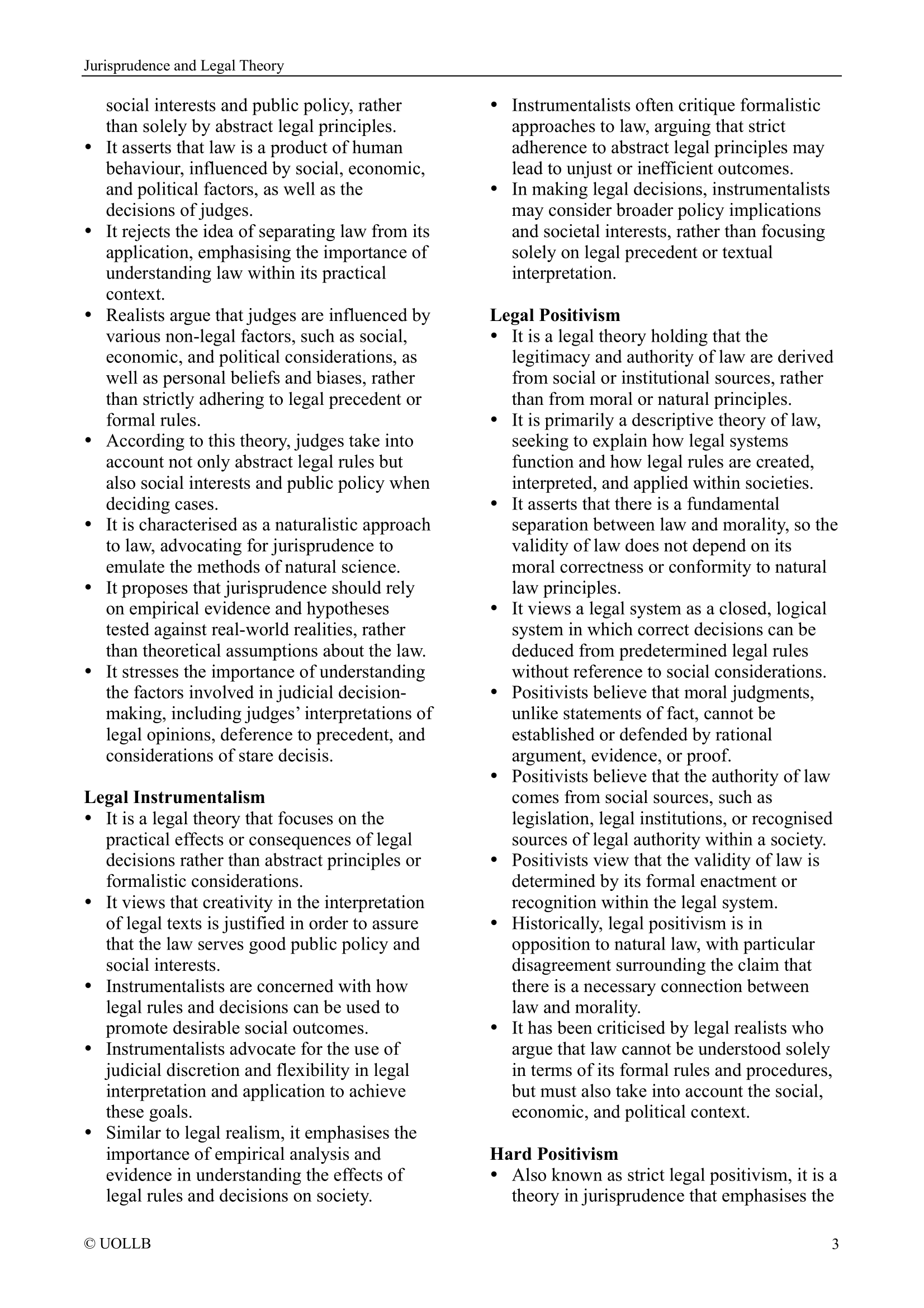R v Smith (Thomas Joseph) [1959]
Share
R v Smith (Thomas Joseph) [1959] 2 QB 35, [1959] AC is a notable authority in English criminal law, particularly in the context of causation and homicide.
A soldier intentionally stabbed his comrade, C, in the chest. While being transported to the medical centre, C was dropped twice by comrades carrying him. Upon arrival, the doctor failed to notice that one of C’s lungs had been pierced, causing haemorrhage. The treatment provided was inappropriate and harmful, and if C had received appropriate treatment, he might not have died.
Lord Parker CJ delivered the judgment of the Courts-Martial Appeal Court. He stated that if, at the time of death, the original wound remains an operating cause and a substantial cause, then the death can be considered the result of the wound, even if another cause is also operating. Only if the original wounding is merely the setting in which another cause operates can it be said that the death did not result from the wound. In other words, only if the second cause is so overwhelming as to make the original wound merely part of the history can it be said that the death does not flow from the wound.
The jury agreed with the proposition that the stabbing was still the operating cause of death, interpreting operating as the primary or main cause. As a result, they found the accused guilty. The Court of Appeal upheld this decision and its reasoning.
The key legal principle established in this case is that if, at the time of death, the original wound is still an operating and substantial cause, it can be deemed the cause of death, even if other contributing factors are present. The death is attributable to the wound unless another cause is so overwhelming that it makes the original wound merely incidental to the history of events leading to death.
